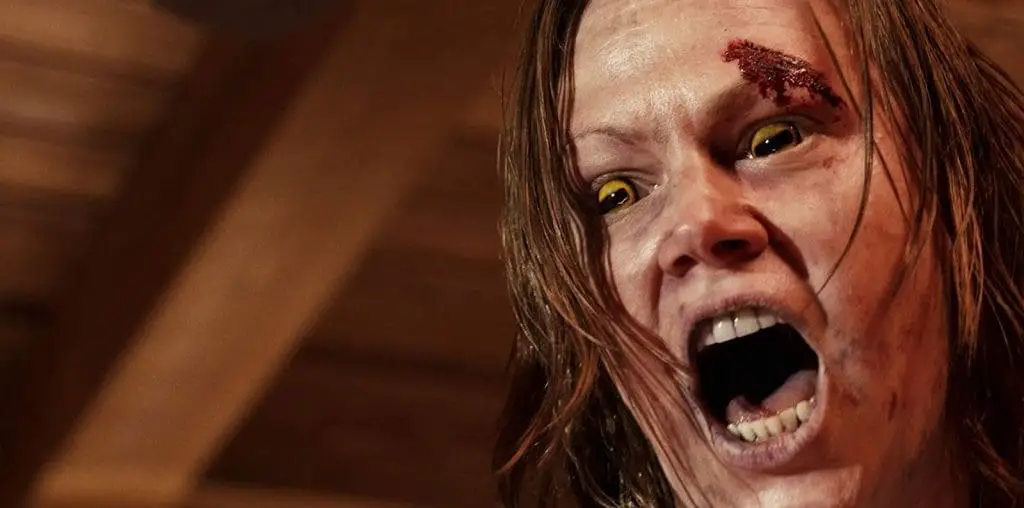
Intellectual Property is a new film from director Nicholas Peterson exploring the paranoia during the Cold War through the eyes of a socially absent inventor played by Christopher Masterson. And while it’s easy to wonder if the film presents any political agenda (as it takes place during the infamous Red Scare), both Masterson and Peterson insist it’s all about the story. “We aren’t making a statement about anything, this is just what was going on in the world when our story takes place,” Peterson says.
Director Peterson speaks fondly of his first impression of Masterson, who is most recently known for his role on television’s Malcolm in the Middle. “When I first met him, he wasn’t Francis [his character on the show], and I thought, ‘cool… this guy can act.’” Christopher then created more for the main character than what was written on the page. Peterson continues, “I didn’t know what he going to do with the role but then he changed the look and sound – stuff I never thought of.”
His eccentric mannerisms were exactly what this sort of role needed. This inventor is driven over the edge by his suspicion that everyone is out to get him and his inventions. He is suspicious of everyone he meets and he keeps mostly to himself, as does any paranoid oddity.
Masterson is eager to work behind the scenes as well. Not only did he take on the main role, he was also very active behind the camera as one of the film’s producers. Masterson recalls, “Nick called me up and showed me the script and I absolutely loved it, I wanted to be more involved.” Recently, Christopher has completed directing an episode of Malcolm in the Middle and he states, “I loved it and I look forward to doing more directing in the future.”
Intellectual Property has a unique production look to it as well, which seems to be becoming rare in the independent scene these days. “Nothing was on location. Everything was designed from the ground up and shot on super 16mm,” describes Peterson. “This was the perfect look for the story.” The shoot lasted only 18 days but it was short enough for the crew to not have a chance to re-shoot something if they undershot a sequence. No financing came from any type of studio and Nicholas adds, “What you see is what you get – it’s a different independent film but it’s a true independent nonetheless.”
